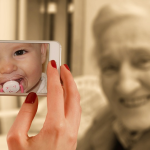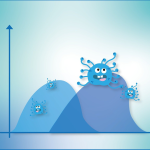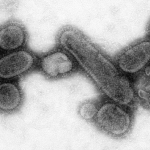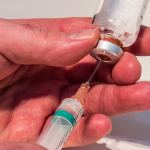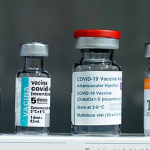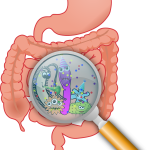As we age, bones creak, hearing wanes, and cognition diminishes. Promises of rejuvenation have always besieged a vulnerable market seeking the fountain of youth. Now, there seems to be a clinically tested elixir that promises to restore lost brain power – a simple Chinese herbal remedy. So, does it work?
Disease
Over the last decade, the Centers for Medicare and Medicaid Services (CMS) launched several initiatives tied to incentives to “providers” to improve care. A peer-reviewed study spins out to interested clinicians the clinical benefits and financial costs of an initiative to reduce cardiovascular disease. The full report to CMS spells out the failures.
The COVID-19 pandemic has virtually – but not entirely – disappeared from public concerns. Nevertheless, new variants are being examined, as are new vaccines intended to counter them.
Long COVID has long been a syndrome in search of a disease and, more importantly, an underlying explanation. A new study in Cell tries to use Occam’s Razor to find the underlying cause. While not truly causal, it is an interesting hypothesis – with lots to unpack.
Alzheimer’s disease is a stealthy killer, quietly and slowly stealing a half million new American minds yearly. The disease should present a major public health emergency, but serious governmental efforts to address the problem began only recently. Sadly, the problem also presents a marvelous marketing opportunity. Leave it to pharma and its affiliates to try and exploit a frightened, nervous, and vulnerable public.
The inconvenience of yearly flu shots prevents many people from getting them, while flu kills thousands of Americans annually. We need vaccines that will provide durable immunity and work against new variants. There is progress.
Why did so many people opt not to get COVID boosters? That is a significant public health question. A newly reported survey provides some answers.
A new study demonstrates an association between elevated blood levels of erythritol and an increasing risk of MACE – major adverse cardiovascular events – such as heart attack, stroke, heart failure, death, and the need for coronary revascularization. What the study and the researchers found was “lost in translation.” Let’s see for ourselves.
Contrary to a poorly researched Wall Street Journal commentary, the new COVID vaccines have been tested appropriately and, like their predecessors, will likely prevent serious illness, death, and undue stress on the U.S. healthcare system.
Why are some people fully protected by vaccination, or infection-acquired immunity to COVID, when others are not? Does the fault lie with the vaccines? Do some individuals mount a more robust immune response? A new study provides an answer that lies in between those choices and gives me a chance to write about the power and limitations of metaphors.
Another article in the ongoing war over the protective value of masks. The latest report, with senior author Vinay Prasad, effectively builds and demolishes a straw man of the authors’ creation, then does some out-of-season cherry-picking. In the end, the “study” sheds more shade than light.
An infection with Clostridioides difficile (or C. diff in the trade) that occurs 72 hours after admission to the hospital is considered hospital-acquired. Medicare penalizes hospitals financially if they have more hospital-acquired C. diff. infections than the national average. A new study suggests that C. diff is not so much hospital-acquired, but that patients bring the bacterium with them, in their gut microbiome, into the hospital. That makes it more transported than acquired.
